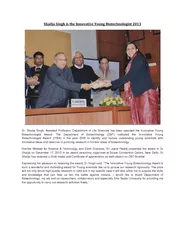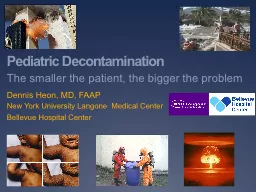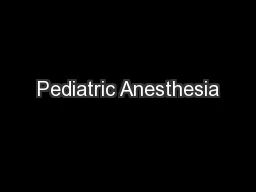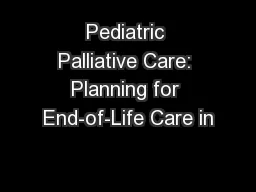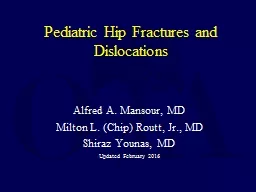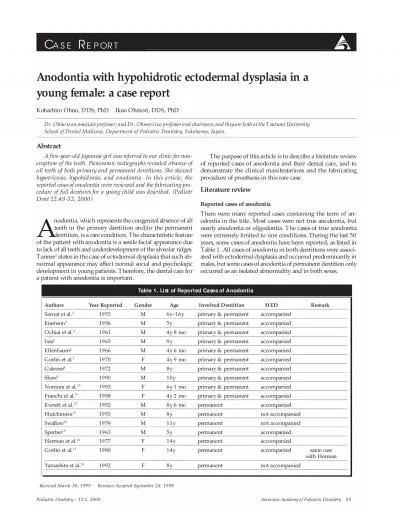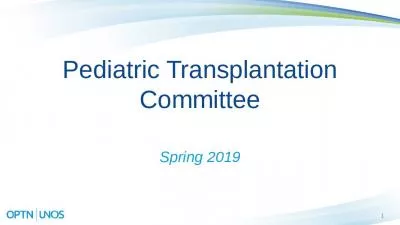PPT-M.R.Fariborzi Assistant Professor of Pediatric Gastroenterologist
Author : davis | Published Date : 2023-07-22
Boushehr medical university C linical Manifestations of Food Allergy IgE MEDIATED REACTIONS Rapid in onset typically beginning within minutes to two hours from
Presentation Embed Code
Download Presentation
Download Presentation The PPT/PDF document "M.R.Fariborzi Assistant Professor of Ped..." is the property of its rightful owner. Permission is granted to download and print the materials on this website for personal, non-commercial use only, and to display it on your personal computer provided you do not modify the materials and that you retain all copyright notices contained in the materials. By downloading content from our website, you accept the terms of this agreement.
M.R.Fariborzi Assistant Professor of Pediatric Gastroenterologist: Transcript
Download Rules Of Document
"M.R.Fariborzi Assistant Professor of Pediatric Gastroenterologist"The content belongs to its owner. You may download and print it for personal use, without modification, and keep all copyright notices. By downloading, you agree to these terms.
Related Documents


